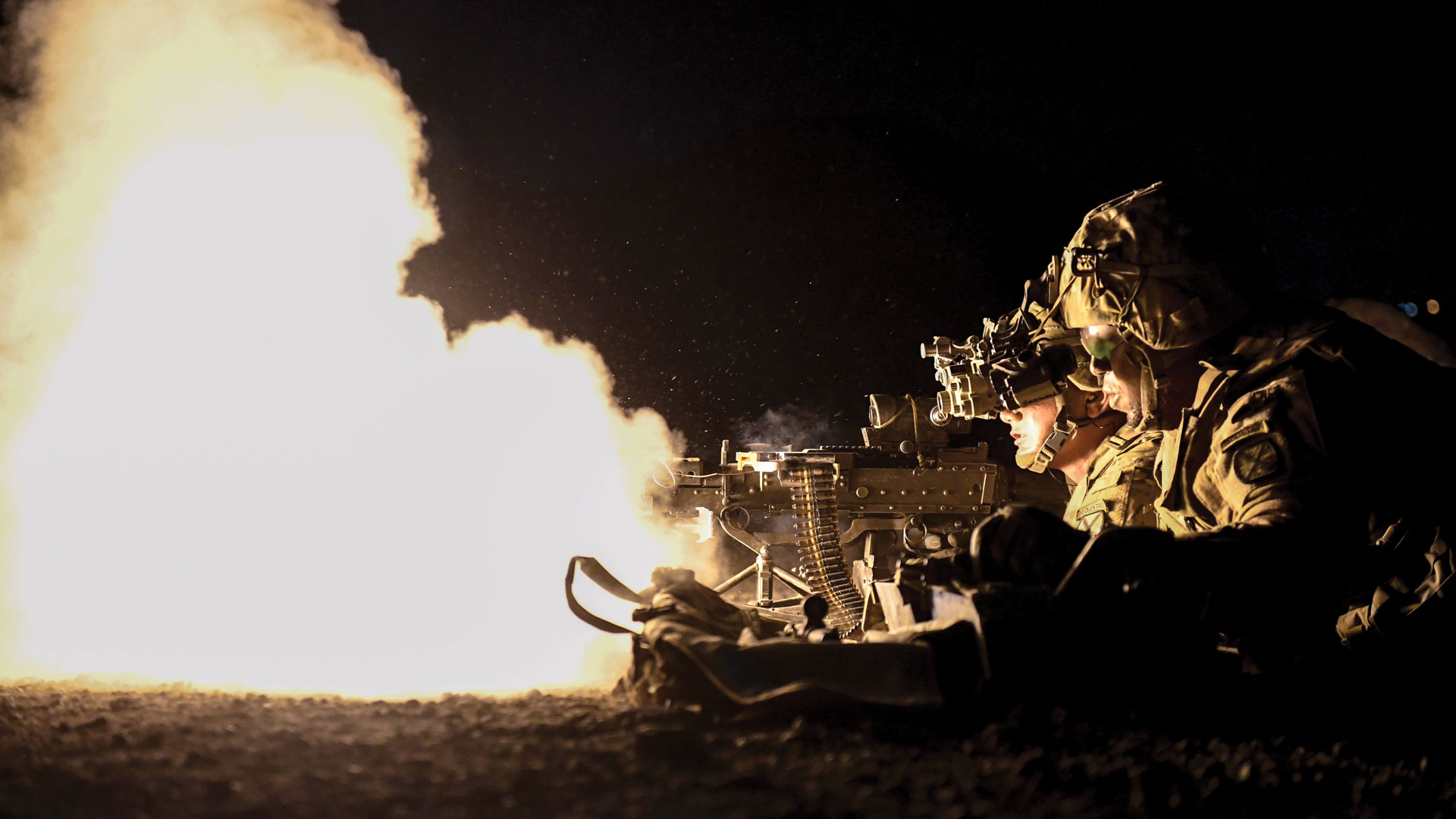Weinie
Army.ca Veteran
- Reaction score
- 3,603
- Points
- 1,140
I had mentioned my concern about attrition/casualties in a different thread, but got crickets. My post:Anti-Tank Exercises (Javelin, NLAW and HMG)
I have taken my time responding, in part because I found this discussion appallingly shallow. We are debating how we participate in a shooting war of unspecified intensity, but appear to think it will start and remain what used to be called a "come as you are" conflict. Any potential enemy, and thank all that is holy, there ain't too many potential bad guys around, would be fairly large, pretty well equipped, and serious about winning. So, that suggests, hell, it bellows from the rooftops, that the old way of doing things with a minimal force-in-being is over. Just a couple of things to ponder, but I'm pretty sure you all can think of a lot more, recruiting and training replacements for the casualties, and there probably will be a lot of them, to fill up the troops fighting, and to conduct a rotation, or worse, build up the forces from a battle group or brigade group to perhaps a division or more. Also, care of our casualties and looking after them and their families. Harping on casualties, we suffered what only would be considered light casualties in each roto in Afghanistan. Ian Hope in his book stated 1 PPCLI Battle Group lost 14 KIA in its tour in 2006. In 1953 3 RCR and atts lost 28 KIA in one battle, and even that was not excessive by the standard of our other wars. Not every fight is going to be another Verrieres Ridge, but we will loose a lot of soldiers, and will have to replace them in the field.
One other - gearing up the industrial base to arm and equip our force, and to keep the flow going.
Lets start considering the big picture. It will conjure up very unpleasant images, but I don't think we are doing ourselves any favours by not considering the really unpleasant parts. I could rant on, but I won't, and I apologize for not raising these issues earlier in the debate.
The fallacy, as I see it, with this NTM COA is that it doesn't account for casualties/attrition.
When we were working CBP, no one factored in that we could likely expect extensive/massive attrition, across all domains in a near peer/peer environment. We likely would not have enough time, or the sp chain, to train/equip/re-equip a follow-on force before hostilities finished.




